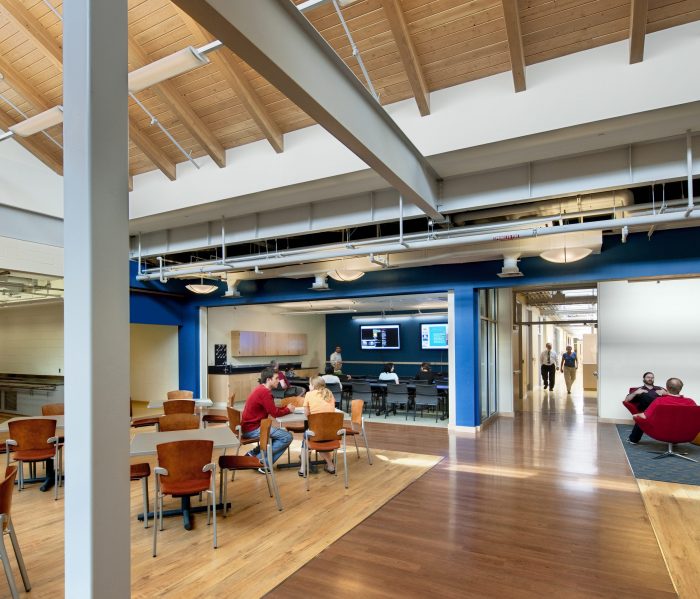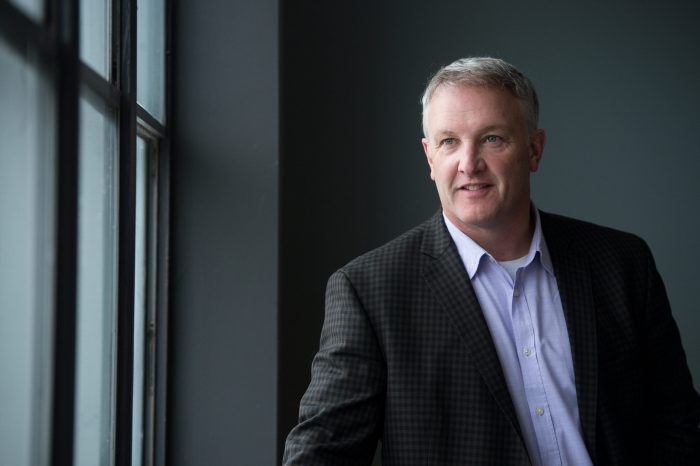Big problems don’t always require big solutions. Sometimes the best ideas are those that are the most subtle and nuanced. That’s exactly the approach that TryCycle Data Systems took when CEO John MacBeth of Ottawa, decided to tackle the huge problems associated with Mental Health and Substance Use disorders.

Deconstructing a traditionally reactive behavioral health system to reimagine and reconstruct a proactive solution, was TryCycle’s first test. Early analysis suggested that front line health professionals needed new ways to help improve their decision-making processes. MacBeth knew that data would be the catalyst.
Out of this inspired need for ‘shaking things up.’ TryCycle Data Systems was born, a next-generation, cloud-based, data-driven, clinical decision support platform. TryCycle’s own ‘Digital Compassionate Tether’ provides unprecedented real-time insights by connecting the patient to the practitioner between in-person visits.
TryCycle has painstakingly worked to keep its technology platform simple, effective and accessible. Counterintuitively much of their early success can be credited to the company’s principal approach of using data to support health professionals and practitioners, rather than putting all emphasis on patients alone. The original hypothesis being, it is absurd to ask a person with a brain disease to be responsible for self-help. And from here, TryCycle as both a technology and a coordinated care model began to take shape.
The Ottawa team imagined what would happen when the ownership of care shifted from the patient to the practitioner, and the early results at TryCycle have been nothing short of amazing. For the first time in the life of many patients, they are receiving calls from their healthcare providers based on their state of risk. The simple and elegant act of trying to catch a patient before a relapse has had profound and life-changing impacts for many TryCycle subscribers.

Access to the TryCycle platform was an early concern for us, so we looked at the most egalitarian ways of ensuring that everyone would be able to utilize it. We resisted the idea of tying our system to anything that wasn’t consumer-grade electronics. From the patient’s perspective, all that’s required is a smartphone, access to the internet and fifteen minutes for onboarding with their practitioner. For health professionals, all they require is a smart device, (smartphone or tablet), or computer, and access to the internet. It’s that simple. No proprietary wearable, no expensive gadgets, and no complicated registration process. In our world, disruption is a byproduct of our work, not the goal.
In the spaces between scheduled visits and in-person appointments, TryCycle increases communication and improves engagement. Patient insights, trends, and patterns can be transformed into actionable responses by health providers. TryCycle extends treatment and can strengthen the client-clinician relationship. This on-demand access to stratified patient data allows providers to action targeted resources, and deliver the right interventions, to the right patients, at the right time.
The innovation behind TryCycle is at work in hospitals, clinics, and treatment centers across Canada and the United States. Together, we are increasing human connection during and after treatment hours, helping patients stay engaged in all stages of their recovery. These simple gestures in healthcare, such as asking more questions, are forging a much-needed connection with patients, and Trycycle is bridging this gap.














